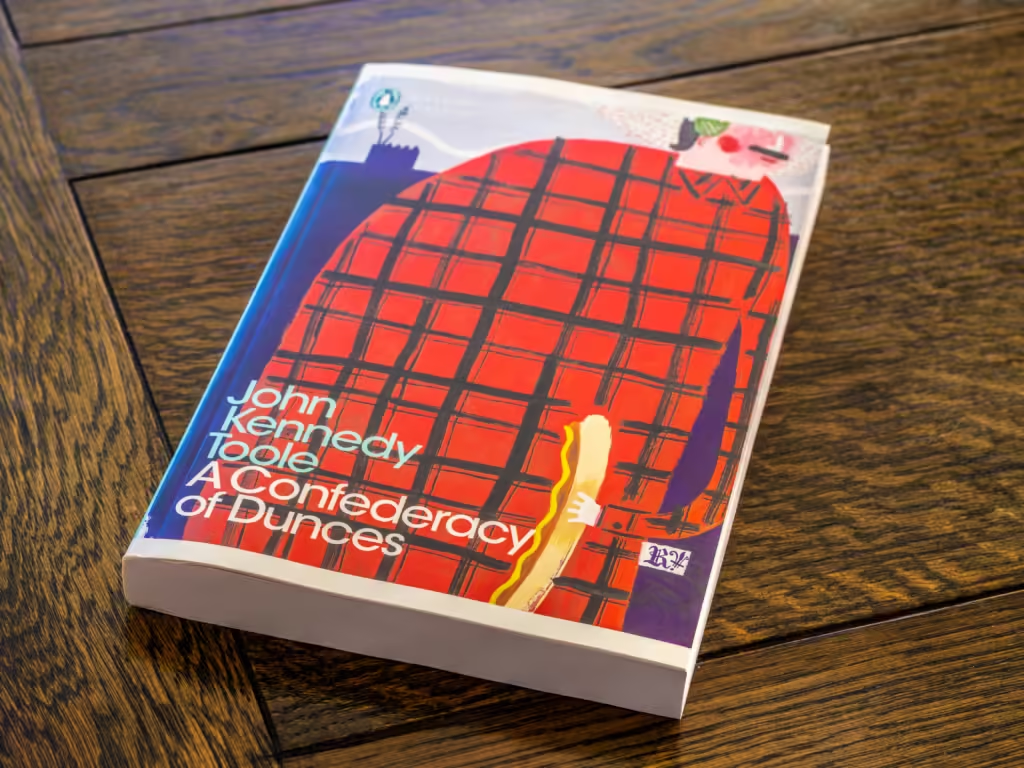Echoes from a Fragmented Past
Nathalie Sarraute, a shimmering beacon in the constellation of 20th-century literature, carved a path through the dense forest of conventional narrative, guided by the luminescence of introspection and abstraction. Born as Natalia Ivanovna Tcherniak in the frosted embrace of 1900 Ivanovo, Russia, her life’s journey—from the Russian expanse to the intellectual fervor of Paris—infused her literary voice with a distinct, avant-garde resonance.
The Dance of Tropisms
Sarraute’s prose is a labyrinth of whispered thoughts and silent gestures, eschewing linear tales for a fragmented, impressionistic ballet. At the heart of this dance are “tropisms,” those delicate, often subconscious shifts in thought and emotion that ripple beneath the surface of human interaction. These tropisms form the gossamer threads of her narrative, weaving a complex tapestry that mirrors the elusive nature of inner experience.
Subtle Murmurs in “Tropismes”
In her groundbreaking “Tropismes” (1939), Sarraute captures these nascent movements of the soul with poetic clarity. Everyday interactions are transformed into profound explorations, the mundane elevated to the sublime through her meticulous, almost reverent attention. Here, the ordinary is not merely observed but transmuted, each moment a brushstroke on the canvas of human consciousness.

The Unknown Portrait
“Portrait d’un inconnu” (1948) is an enigmatic reflection, a narrative that dissolves the boundaries between reader and text. The ‘unknown’ is a mirror, reflecting the fragmented perceptions that define human existence. Sarraute’s prose oscillates between crystalline precision and shadowed ambiguity, capturing the perpetual tension between clarity and mystery that haunts our understanding of self and other.
Celestial Harmonies in “Le Planétarium”
“Le Planétarium” (1959) unfolds like a celestial symphony, a polyphonic narrative that eschews singular perspective for a chorus of voices. Each character’s inner turmoil and fleeting thoughts are the stars in Sarraute’s night sky, their orbits revealing the kaleidoscopic nature of subjective experience. Here, the psychological eclipses the physical, illuminating the profound depths of the human mind.

Recollections of “Enfance”
In “Enfance” (1983), Sarraute’s gaze turns inward, exploring the delicate threads of memory. This quasi-autobiographical mosaic captures the ephemeral and contradictory nature of recollection. Engaging in a silent dialogue with an unnamed interlocutor, Sarraute presents a fragmented yet deeply intimate portrait of her early years, a testament to the fluid and elusive nature of self-perception.
The Alchemy of the Nouveau Roman
Sarraute’s literary journey intertwines with the revolutionary currents of the Nouveau Roman, a movement that sought to unshackle the novel from the constraints of plot and character. Her contributions to this avant-garde collective are indelible, her works exemplifying its core tenets while transcending them through her unique focus on the minutiae of psychological experience.

The Symphony of Silence
Her prose, dense with intricate syntax and the music of unspoken thoughts, invites readers into a symphony of meaning that unfolds slowly, rewarding the attentive with profound insights. In Sarraute’s hands, the novel becomes a vessel for exploring the uncharted territories of the mind, each page a step into the hidden recesses of human consciousness.
The Luminous Path
Nathalie Sarraute’s literary legacy is a testament to the transformative power of introspection and abstraction. Her innovative techniques and profound psychological insights beckon readers to journey into the hidden realms of their own minds. Her novels are not just stories but luminous explorations of the delicate, often imperceptible movements that constitute our inner lives, rendered with poetic precision that enriches our understanding of ourselves and the world around us.









